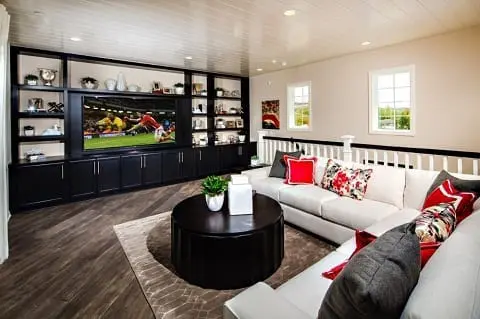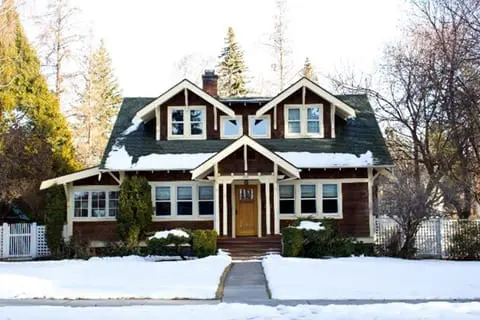
By Drew Knight
Nobody wants to add to the costs of their new home with a giant heating bill. So, before you go upping your thermostat to 80 degrees, listen up.
There are plenty of ways to keep warm this winter while saving both energy and money. That’s right, it really is possible to stay heated without burning a hole in your wallet.
Are you ready to learn how to cut heating costs in your new home? Here are five simple steps:
1. Try a Smart Thermostat
One of the easiest ways to save money on your energy bill is to invest in a smart thermostat.
These programmable devices can automatically turn down the temperature in your home by 10 to 15 degrees for eight hours a day. So, when you’re sleeping or away at work, you’re already saving 10 percent or more on your heating bill.
These smart home technologies have been on the market for a while now, so prices are now cheaper than ever. One of the most popular brands, Nest, comes at a higher price, but it comes with the added ability to learn your habits and automatically program itself.
Claiming that it saves an average of 10 percent to 12 percent on heating costs and 15 percent on cooling, your Nest thermostat could practically pay for itself in just two years — plus it comes in chic designs.
2. Utilize the Sun
Another simple — and totally free — solution is to use the sun to your advantage.
Even though it’s cold outside, that doesn’t mean the sun’s rays aren’t still bringing much-needed heat into your home. So, keeping your curtains and shades open during the day, particularly on the south side of your home, can easily allow heat to enter. Also, be sure to remove shrubbery or decorations that could block sunlight from your windows for added savings.
Then, at night, close your curtains and shades again. They’ll act as barriers from the cool drafts that could sneak in through your windows. Consider using thick curtains or curtains with thermal lining.
While we’re on the topic of windows, you might want to consider Energy Star or other energy-efficient windows. Designed specifically with cost-savings in mind, they can cut both heating and cooling costs by up to 15 percent.
3. Reduce Hot Water Usage
While this step may not make you warmer per se, it will definitely help you save money in the long run.
Work on ways to reduce your hot water usage. For instance, the Consumer Energy Center suggests that adjusting your water heater to the “normal” setting (or 120 degrees) can shave off 7 percent to 11 percent of your heating costs.
As showers typically account for about two-thirds of your water heating costs, another great option is to invest in low-flow showerheads or faucets, which can cut up to 10 percent to 16 percent off your water heating costs. While you’re at it, consider cutting the time you spend in your shower as well; simply reducing your shower times can save hundreds of gallons of hot water in just one month.
And when it comes to clothes washing, opt for cold water when possible. Using this setting can reduce your washer’s energy use by up to 75 percent, according to the Consumer Energy Center.
4. Eliminate Air Loss Through Your Chimney
While your fireplace might keep you pretty warm when in use, it could also be costing you big money when the fire is off by allowing warm air to escape upward.
If your new home has a fireplace, a chimney balloon is your best solution. This device can be inflated and placed in the chimney when not in use to block your warm air from escaping.
5. Remove Drafts Surrounding Electrical Boxes
Not many people know it, but your electrical outlets or light switches on exterior walls could be surrounded by cool, drafty air.
If your outlets are not insulated, you can fix this problem yourself by removing the cover plates and carefully filling the small gaps around the electrical boxes with acrylic caulk. If your gaps are larger, a foam sealant is better. Next, place a foam gasket over the outlet or switch and replace the cover plate.
At about one buck for a two-pack of gaskets, it’s a minimal cost for big savings.
Drew Knight is a digital content associate for New Home Source.
 Win Big with a Space Dedicated to Watching Sports
Win Big with a Space Dedicated to Watching Sports